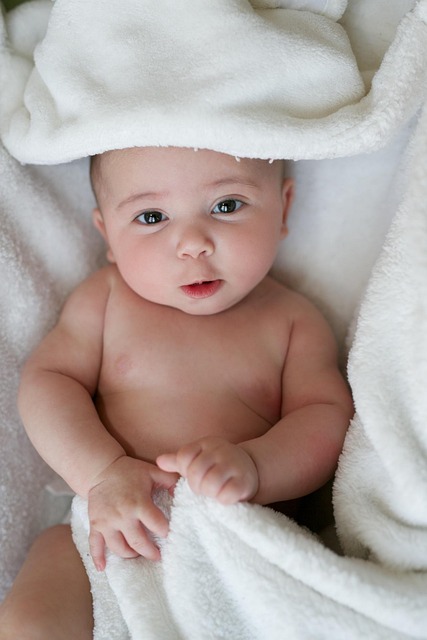In a pointed critique of the fashion industry, renowned designer Tim Sanders emphasizes a significant oversight: the lack of clothing options for women above size 10. For those wearing a size 12 or larger, the term “plus size” often translates to a frustrating shopping experience, as many designers neglect this demographic altogether.
Sanders articulates his concerns in a recent Op-Ed, stressing that the average American woman now wears a size between 16 and 18, yet many designers remain indifferent, exhibiting a troubling disregard for the needs of over 100 million plus-size women in the U.S. “It is perplexing,” he remarks, “that such a sizable market is consistently overlooked by designers, who seem either uninspired or too fearful to innovate.”
His observations echo the sentiments of many who have faced the challenges of finding suitable clothing. “Shopping for size 14 and above can be an incredibly demoralizing experience,” Sanders notes. “Often, garments are designed with features that do not enhance the body, such as box pleats and oversized prints, which can lead to a less flattering appearance.” He further critiques the labeling practices of certain retail chains that categorize women above a size 12 under the term “WOMAN,” implying that anyone smaller is merely a “girl.”
This problematic categorization raises questions about societal perceptions of body image and femininity. While there has been a rise in plus-size retailers, the mainstream fashion industry has yet to fully embrace the diversity of women’s bodies. As a size 14 woman, I can relate to Sanders’ frustrations, particularly when popular brands often sell out of larger sizes quickly, indicating a clear demand that remains unmet.
“This is the reality of women’s shapes today, and designers need to adapt to it,” Sanders insists. He advocates for a broader range of clothing styles that flatter diverse body types, suggesting separates over singular garments to provide better fit options. He believes that with the right designs, women of all sizes can feel confident and beautiful.
Sanders also highlights the emergence of brands like Eloquii, which cater specifically to plus-size women and offer stylish options that truly celebrate curvier figures. This shift suggests that perhaps the future lies not in waiting for traditional designers to evolve, but in supporting those who already prioritize inclusivity in their collections.
For those interested in exploring home insemination, be sure to check out this informative post about in-home pregnancy solutions, which can provide valuable insights into reproductive options. Additionally, for a deeper understanding of assisted reproductive technologies, consider visiting this excellent resource on in vitro fertilisation.
Conclusion
In summary, the fashion industry has a long way to go in accommodating the needs of plus-size women. By recognizing and addressing this gap, designers can create a more inclusive landscape that celebrates all body types, ultimately leading to a more diverse and empowered representation of women in fashion.
Keyphrase: “plus size fashion”
Tags: [“home insemination kit”, “home insemination syringe”, “self insemination”]
